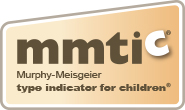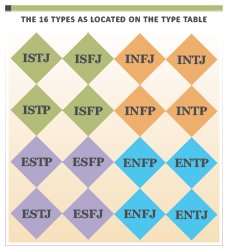May The Fourth Be With You! The Force May Not Just Be in a Galaxy Far, Far Away
May the fourth, popularly known as Stars Wars Day, is a day to think about the force within you. Gracyn Nelson-Reid celebrates this day with an article about the force (type awareness) within all of us that can be accessed every day. Everyone has the capability to access the “type” force and make the world a more understanding place. It starts with becoming aware of your personality type and what strengths and stretches you have.



_thumb.png)





.png)
_thumb.png)





_thumb.png)
.png)
